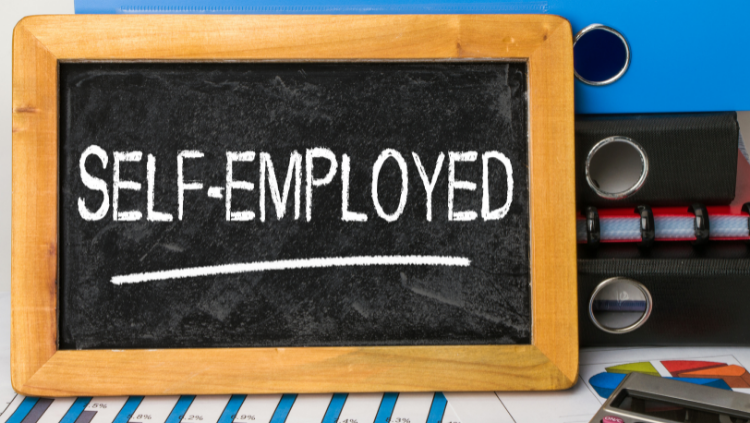Registering with HMRC
As a sole trader, you don’t register with Companies House. Instead, you just need to let HMRC know you will submit tax returns through Self Assessment.
You can do this by either completing a CWF1 form, or by registering online. If you register online, keep a record of your account details (such as your Gateway ID, and the email address you use to register). This will help when you need to sign in and submit a return!
Your Unique Taxpayer Reference (UTR)
Once you register, HMRC will send your Unique Taxpayer Reference (UTR) in the post. If you register online, they will also post an activation code for your online account. This is just an extra security step to ensure that the address is genuine.
Your UTR proves that you have a sole trader business, and you may need it to register for business services. Keep this in mind if you are hoping to work with larger wholesalers, for example.
After registering as a sole trader
Once you register for Self Assessment, you’ll need to submit tax returns each year, unless you tell HMRC that you no longer trade.
Key tax dates for sole traders
There are some essential dates for sole traders to remember:
- Start of the tax year: 6th April
- End of the tax year: 5th April the following year
- Self Assessment registration deadline: 5th October
- Sending your Self Assessment tax return by post: Midnight, 31st October
- Submitting your Self Assessment tax return online: Midnight, 31st January
- Tax payment deadline for balancing payments: Midnight, 31st January
- Payment on account deadline: Midnight, 31st July
Your financial year and the tax year
The dates of an accounting year can be confusing for many sole traders. What if, for example, you began trading on October 1st 2021?
For sole traders, the easiest thing to do is have your first financial year run from the date you start trading, until the end of the tax year. In this scenario, that would be October 1st 2021 to April 5th 2022.
It’s not essential to do this, but having your financial year line up with the tax year makes submitting Self Assessment tax returns much easier!
Payments on account
If your Self Assessment tax bill is more than £1,000, you’ll need to make payments on account. Just for clarification, that’s £1,000 in payable taxes, not £1,000 in turnover or profit.
Making Tax Digital (MTD) for Income Tax
Already available for VAT returns, the government are still planning to roll out MTD for income tax. Under current plans, this will affect sole traders whose income exceeds £10,000 in a single tax year from 6th April 2023.
In short, it means your business will need to keep digital financial records. This may involve using an app or a piece of accountancy software to record and monitor your income and outgoings.
The idea is that digital systems are much less likely to make errors, which will make your Self Assessment tax return more accurate.
So there you have it! Our ultimate guide to registering your business as a sole trader.
To learn more about our online accountancy services for sole traders, talk to one of the team, or grab an instant quote online.




